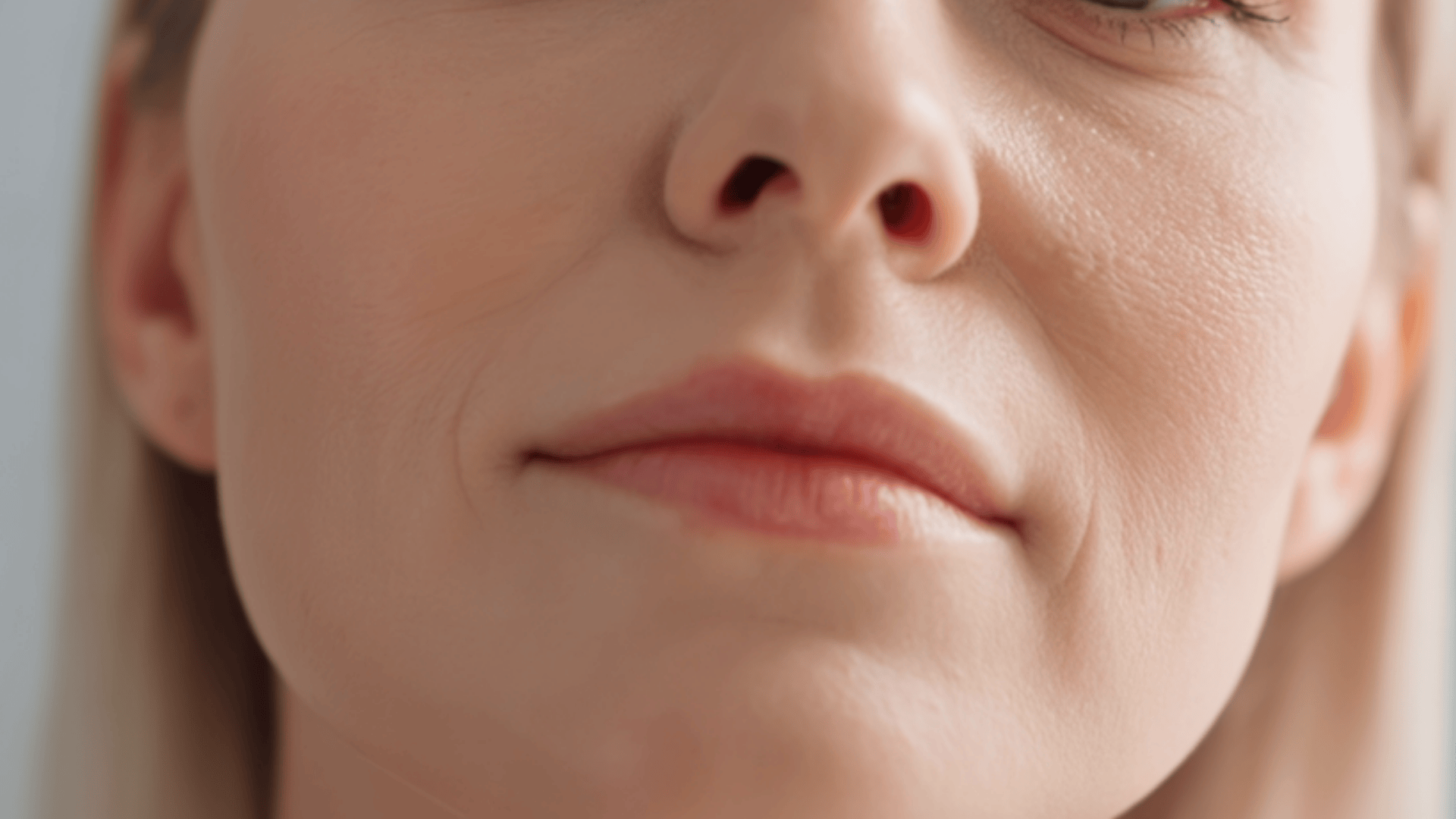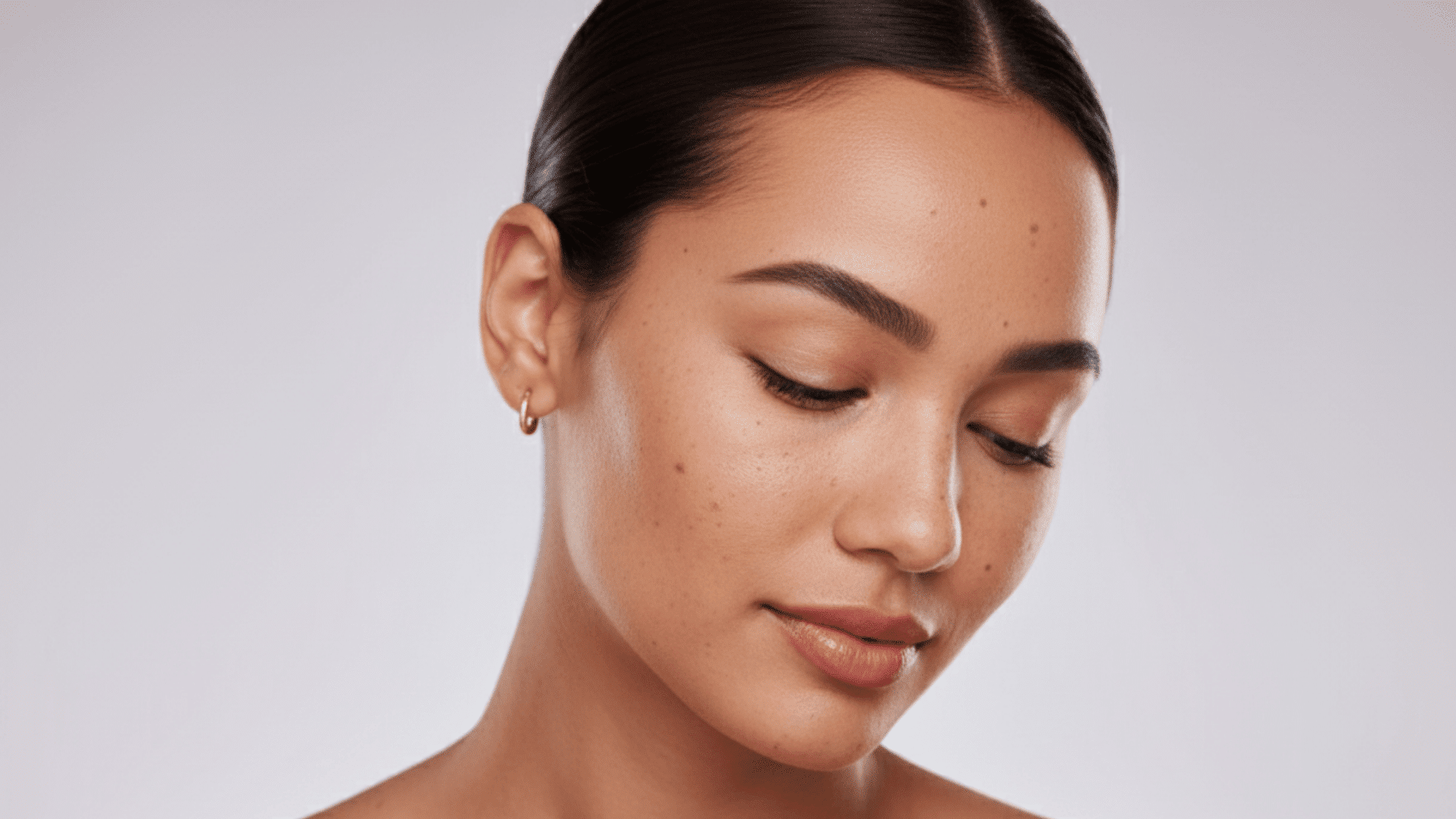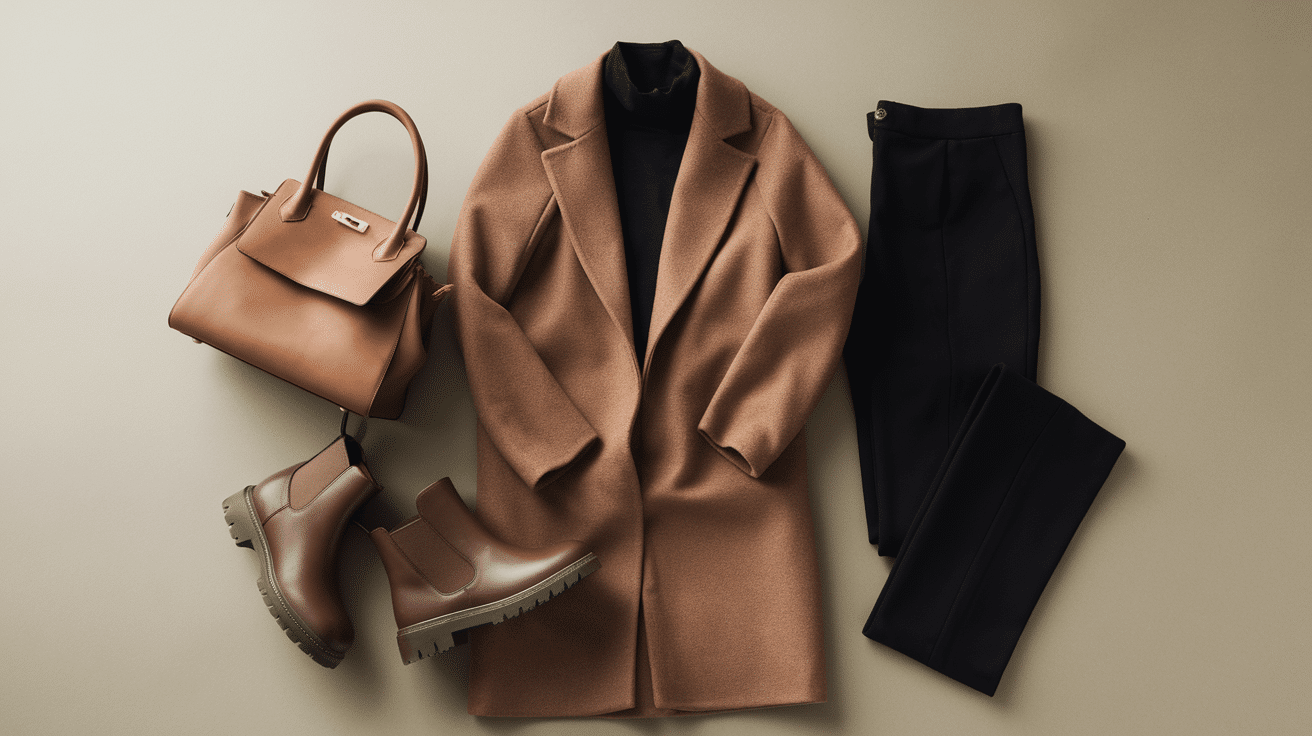Softly tinted lips add effortless color to your everyday look, and lip blush provides that natural lift without daily makeup.
What truly matters after the appointment is knowing what to expect during the lip blush healing process.
Each stage plays an important role in achieving lasting, even color.
According to cosmetic tattoo experts, it’s normal for lips to go through changes, starting with mild swelling and peeling before revealing the final shade weeks later.
This gradual process ensures beautiful, consistent results.
This blog covers healing phases, expert aftercare tips, lip blushing longevity, and tips for maintaining a natural tint.
What is Lip Blush?
Lip blush is a semi-permanent cosmetic tattoo that upgrades the natural color and shape of the lips.
Using fine needles, a trained technician deposits pigment into the lip’s surface layer, creating a soft tint that looks natural once healed.
Unlike traditional tattoos, lip blush focuses on subtle definition rather than bold color.
Certified artists highlight that proper technique and hygiene are key to safe, even results.
With proper care and quality pigments, lip blush can last for years while giving lips a healthy, balanced tone.
Lip Blush Healing Process (Day-by-Day Breakdown)
The process takes place over several weeks, gradually revealing your lips’ final color and smooth texture.
Each stage plays an important role in how well the pigment settles, and following proper aftercare helps ensure long-lasting, even results.
Day 1–2: Swelling and Bright Color

Lips appear darker and slightly swollen immediately after the procedure because the pigment is fresh and the skin is still sensitive.
The color may seem brighter or more intense than expected, but this is completely normal.
Keep your lips clean, apply the recommended healing balm, and avoid hot drinks or excess movement to prevent irritation and help the skin start recovering.
Day 3–4: Peeling Begins

During this stage, light flaking or scabbing starts to appear as the lips continue healing.
The top layer of skin begins to shed naturally, which can make the color look patchy or uneven for a few days.
Avoid touching or peeling, as it can cause irritation and slow down recovery.
Keeping the lips gently moisturized allows them to shed on their own, helping the pigment settle evenly and the surface heal smoothly.
Day 5–7: Peeling Subsides

By the end of the first week, most peeling has finished, and your lips begin to feel softer and smoother.
The color will likely appear lighter or faded, but this is only temporary as the pigment is still settling under the surface.
Hydrating the lips and avoiding harsh products during this phase supports consistent color retention and comfort.
Week2–3: Color Blooming Phase

As new skin forms, the pigment gradually reappears, showing a softer and more balanced shade.
This stage is often called the “blooming” phase, when the lips regain their natural vibrancy and the final color begins to appear.
The tone continues to develop over the following days, depending on individual healing speed and how well the pigment settles into the skin.
Week4–6: Final Healing

At this point, your lips are fully healed, and the final color has settled evenly.
The shade looks softer, more natural, and true to the expected result discussed during your consultation.
If any unevenness or light spots remain, most technicians suggest a touch-up appointment after six weeks to perfect the tone and lift long-term pigment retention.
Lip Blush Aftercare: What to Do and What to Avoid?
Proper aftercare is essential for smooth healing and long-lasting results.
Maintaining proper care in the first few weeks is key to keeping the color vibrant and avoiding issues.
| What to Do | What to Avoid |
|---|---|
| Apply only the healing balm or ointment recommended by your technician. | Picking, peeling, or rubbing the lips can remove pigment. |
| Keep lips clean and drink through a straw for the first few days. | Saunas, swimming pools, and heavy exercise until healing is complete. |
| Eat soft, mild foods and stay well-hydrated. | Spicy, salty foods, alcohol, and smoking can irritate the lips. |
| Use a gentle cleanser when washing your face. | Using exfoliants, acid-based products, or strong cleansers near the lips. |
| Apply SPF lip balm once peeling ends to protect pigment from fading. | Direct sun exposure during the healing period. |
How Long Does Lip Blushing Last?
Lip blushing typically lasts between two to three years, depending on your skin type, lifestyle, and aftercare routine.
The pigment fades gradually over time as the skin naturally renews and regenerates.
People with faster skin turnover, frequent sun exposure, or habits like smoking may notice their color lightening sooner.
High-quality pigments and a skilled artist can extend the results, making touch-ups less frequent.
To maintain soft, even color, certified technicians recommend a refresh session every 12 to 18 months.
Regular moisturizing, sun protection, and gentle skincare also help preserve the pigment.
With the right care, your lip blush can stay beautiful and natural for as long as possible.”
Recommended Aftercare Products for Lip Blushing
Using the right products is important for proper healing and long-lasting color.
Fragrance-free, dermatologist-tested products are best for keeping lips hydrated, calm, and protected during recovery.
| Product Type | Recommended Options | Purpose |
|---|---|---|
| Healing Ointment | Aquaphor Healing Ointment, Vaseline Lip Therapy | Locks in moisture and prevents scabbing. |
| Hydrating Lip Balm | Burt’s Bees Unscented Lip Balm, Eucerin Aquaphor Lip Repair | Keeps lips soft and helps maintain smooth texture after peeling. |
| SPF Lip Protection | EltaMD UV Lip Balm SPF 36, Sun Bum Mineral SPF 30 Lip Balm | Protects pigment from UV damage and color fading. |
| Gentle Cleanser | CeraVe Hydrating Cleanser, Neutrogena Ultra Gentle Daily Cleanser | Cleanses gently without stripping natural moisture. |
When Can You Wear Lipstick After Lip Blushing?

Cosmetic experts advise waiting until your lips are completely healed before using lipstick, typically around 10 to 14 days after the procedure.
Applying makeup too early can irritate sensitive skin and reduce pigment hold.
Once any peeling or dryness has ended, it’s safe to reintroduce gentle products.
Start with hydrating or tinted lip balms instead of matte or long-wear formulas, as these can dry the lips.
Use clean or disposable applicators to avoid introducing bacteria to freshly healed lips.
Following expert guidance ensures the color sets evenly and the lips stay healthy and comfortable after treatment.
Factors that Influence the Healing and Outcome
Several factors can affect how well your lip blush heals and how long the results last:
- Artist’s Skill and Technique: Certified and experienced artists use precise methods that promote smoother healing and better pigment retention
- Pigment Quality: High-grade, safe pigments fade more evenly and last longer compared to low-quality formulas.
- Aftercare Routine: Following the aftercare instructions helps prevent infections, dryness, and uneven color loss.
- Skin Type and Health: Dry or sensitive skin may heal more slowly, while healthy, hydrated lips retain pigment more effectively.
- Lifestyle Habits: Sun exposure, smoking, and frequent exfoliation can cause the pigment to fade faster over time.
After Healing: Final Results and Ideal Time for a Touch-Up
Once your lips have completely healed, maintaining the results depends on timing and care.
Monitoring changes helps maintain an even, vibrant color over time
- Final Appearance: Around six weeks, the true color appears soft, balanced, and natural.
- Texture and Comfort: Lips feel smooth with no dryness, showing full recovery.
- Color Stability: The pigment settles evenly, with no daily changes.
- Touch-Up Timing: Schedule a perfecting session 6–8 weeks after the first treatment.
- Maintenance Routine: Use SPF lip balm and stay hydrated to protect the color.
- Follow-Up Check: Visit your artist if you notice uneven fading or light patches later on.
Conclusion
A successful lip blush outcome depends on care, patience, and professional guidance.
Once healed, the pigment settles evenly, giving your lips a natural, long-lasting tint.
It highlights that following proper aftercare and scheduling timely touch-ups ensures smooth results and helps maintain color balance over time.
Choosing a certified technician who uses safe pigments and sterile tools also reduces risks and supports lasting satisfaction.
If you’ve experienced lip blushing or are considering it, share your thoughts or questions in the comments below.
Your experience might help others make informed, confident decisions.
Frequently Asked Questions
Does Lip Blushing Hurt?
Most clients feel mild discomfort; numbing cream is applied to minimize pain during the procedure.
Can I Get Lip Blush if I Have Fillers?
Yes, but experts recommend waiting at least four weeks after lip fillers before getting the treatment.
Can Lip Blushing Cause Cold Sores?
Yes, it may trigger a breakout in people prone to cold sores, so professionals often suggest taking antiviral medication beforehand.







